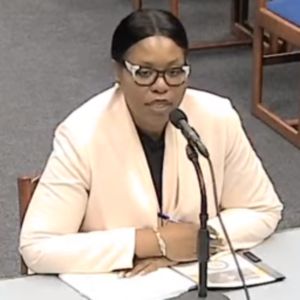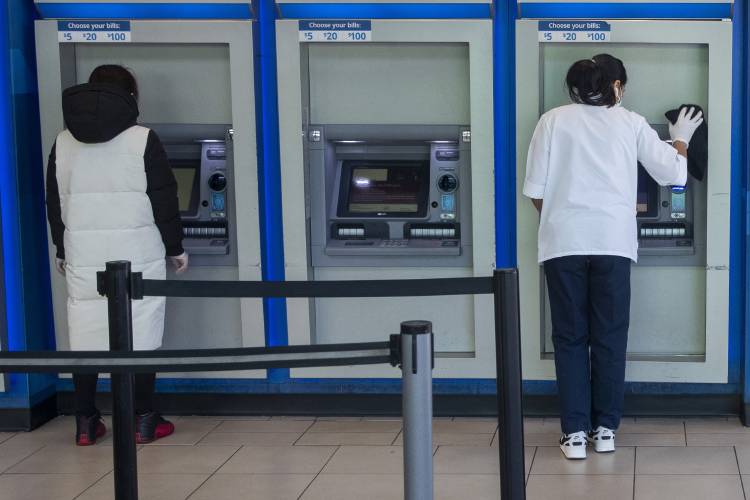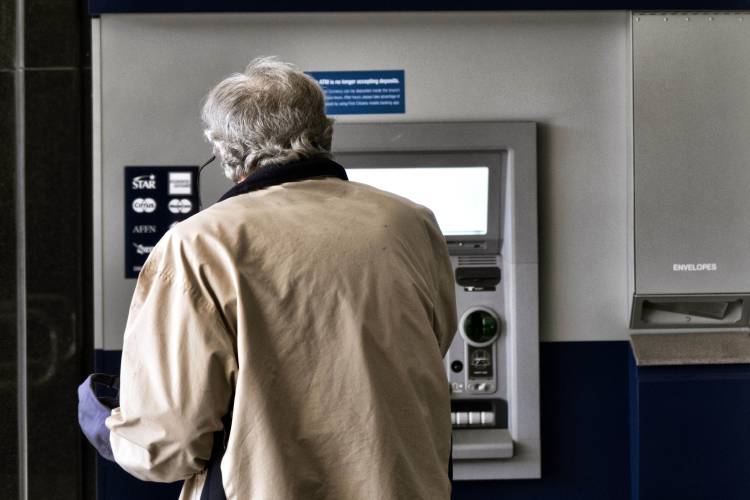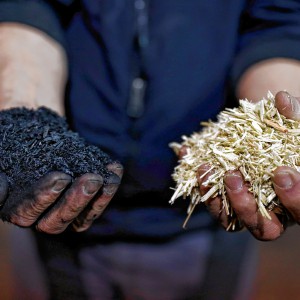Overdraft fees could drop to as low as $3 under Biden proposal
| Published: 01-18-2024 8:24 AM |
NEW YORK — The cost to overdraw a bank account could drop to as little as $3 under a proposal announced by the White House, the latest effort by the Biden administration to combat fees it says pose an unnecessary burden on American consumers, particularly those living paycheck to paycheck.
The proposed change by the Consumer Financial Protection Bureau would potentially eliminate billions of dollars in fee revenue for the nation’s biggest banks, which were gearing up for a battle even before Wednesday’s announcement. Exactly how much revenue depends on which version of the new regulation is adopted.
Banks charge a customer an overdraft fee if their bank account balance falls below zero. Overdraft started as a courtesy offered to some customers when paper checks used to take days to clear, but proliferated thanks to the growing popularity of debit cards. So, for instance, a $10 debit card transaction could cost a bank customer $40 if their balance goes below zero.
“For too long, some banks have charged exorbitant overdraft fees — sometimes $30 or more — that often hit the most vulnerable Americans the hardest, all while banks pad their bottom lines,” President Joe Biden said in a statement. “Banks call it a service — I call it exploitation.”
Under the proposed rule, banks could only charge customers what it would cost them to break even on providing overdraft services. This would require banks to show the CFPB the costs of running their overdraft services, a task few banks would want to handle.
Alternatively, banks could use a benchmark fee that would apply across all affected financial institutions. Regulators proposed several fees — $3, $6, $7 and $14 — and will gather industry and public input on the most appropriate amount. The CFPB says it arrived at these figures by looking at how much it cost banks to recoup losses from accounts that went negative and were never paid back.
Banks could also provide small lines of credit to allow customers to overdraft, a service that would operate like a credit card. Some banks like Truist Bank currently offer that type of service.
According to research conducted by Bankrate last August, the average overdraft fee was $26.61. Some banks charge as much as $39. The nation’s biggest banks still take in roughly $8 billion in overdraft fees every year, according to data from the CFPB and banks’ public records. The bureau’s research also shows overdraft fees overwhelmingly impact the poor and households of color, who often overdraft multiple times a year.
Article continues after...
Yesterday's Most Read Articles
 Homeless camp in Northampton ordered to disperse
Homeless camp in Northampton ordered to disperse
 The Iron Horse rides again: The storied Northampton club will reopen at last, May 15
The Iron Horse rides again: The storied Northampton club will reopen at last, May 15
 Final pick for Amherst regional superintendent, from Virgin Islands, aims to ‘lead with love’
Final pick for Amherst regional superintendent, from Virgin Islands, aims to ‘lead with love’
 Authorities ID victim in Greenfield slaying
Authorities ID victim in Greenfield slaying
 Reyes takes helm of UMass flagship amid pro-Palestinian protests
Reyes takes helm of UMass flagship amid pro-Palestinian protests
 Police report details grisly crime scene in Greenfield
Police report details grisly crime scene in Greenfield
Biden has made the elimination of “junk fees” one of the cornerstones of his administration’s economic agenda heading into the 2024 election. Overdraft fees have been at the center of that campaign, and the White House directed government regulators last year to do whatever is in their power to further curtail the practice.
The rules would apply only to banks with more than $10 billion in assets, which is roughly 175 banks that make up most of the financial institutions Americans do business with. The rules spare small banks and credit unions, some of which rely disproportionately on overdraft fees. CFPB officials told reporters that it chose to focus on the largest banks since most Americans bank at these large institutions and that is where the widespread abuses have historically happened. Roughly two-thirds of all overdraft fees are charged by these 175 banks.
Decades ago, banks created a service that allowed certain customers with checking accounts to go negative in their accounts to avoid bouncing paper checks. What started as a niche service became a massive profit center for the banks after the proliferation of debit cards that caused customers to debit their bank accounts for small and large amounts of money multiple times a day.
Overdraft fees have been a financial bonanza for the banking industry, with the CFPB estimating that banks collected $280 billion in overdraft fees in the last 20 years. These fees became so popular that one bank CEO named his boat the “Overdraft.”
But banks have changed their overdraft practices in response to political and popular pressure on in the last few years, and question the need for the government regulators to step in now. Most of the biggest banks have added safeguards to customers’ accounts to allow them to bring the balance back into positive territory before they incur a fee. Bank of America, once considered by industry critics to be the biggest abuser of overdraft fees, cut its fee from $35 to $10 two years ago and says revenue from overdraft fees is now less than 10% of what it had been.
JPMorgan, the nation’s largest bank, now gives customers a $50 cushion when they go negative in their account. CEO Jamie Dimon told lawmakers in 2022 that with changes the bank has made, roughly 70% of all transactions that cause a negative balance do not incur overdraft fees.
The banking industry is expected to fight the new regulations vigorously to protect the fee revenue. The regulations are likely to end up in a protracted legal battle that could reach the Supreme Court. If the rule is adopted and survives political and legal challenges, the new regulations would go into effect in the autumn of 2025.
Banks have long argued that government regulations on overdraft could cause banks to eliminate the service altogether. While some banks have eliminated overdraft fees and created bank accounts that cannot go negative, Bankrate estimates that roughly nine out of 10 banks still offer the service.
“If enacted, this proposal could deprive millions of Americans of a deeply valued emergency safety net while simultaneously pushing more consumers out of the banking system,” said Lindsey Johnson, president and CEO of the Consumer Bankers Association, the trade and lobby organization for the larger consumer banks.



 Federal probe targets UMass response to anti-Arab incidents
Federal probe targets UMass response to anti-Arab incidents Locking up carbon for good: Easthampton inventor’s CO2 removal system turns biomass into biochar
Locking up carbon for good: Easthampton inventor’s CO2 removal system turns biomass into biochar William Strickland, a longtime civil rights activist, scholar and friend of Malcolm X, has died
William Strickland, a longtime civil rights activist, scholar and friend of Malcolm X, has died
